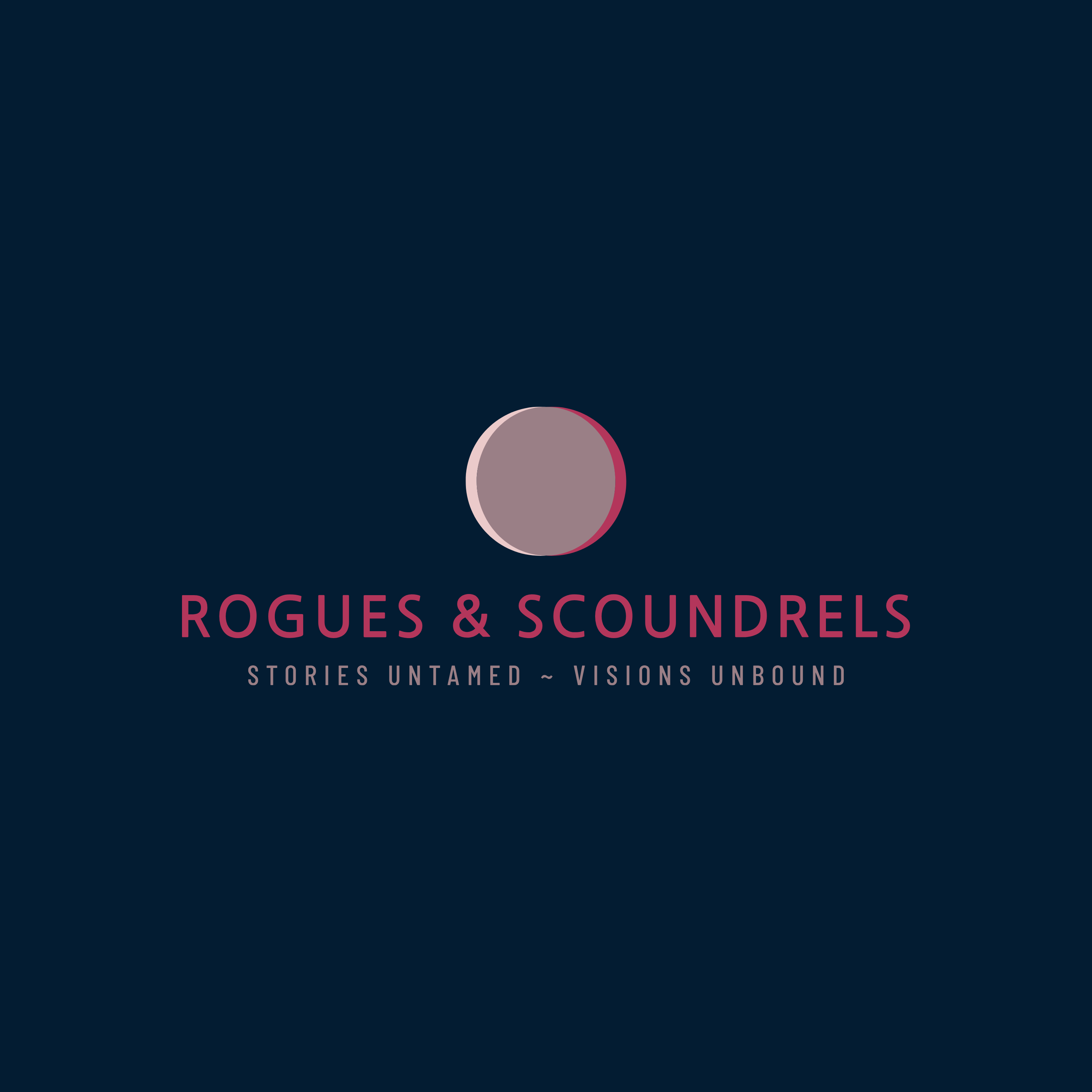The Cinematic Alchemy of Adaptation: From Page to Screen
- Rogues & Scoundrels

- Mar 20
- 3 min read
Late Night Musings with Rogues and Scoundrels
The hour is indecent. The coffee has gone cold—or maybe we forgot we made it. Again. Our eyes are wide, unblinking, caught somewhere between insomnia and inspiration, and instead of sleeping like well-adjusted humans, we’re here. Musing. Spiraling. Writing.
Because storytelling doesn’t keep office hours.
So welcome to Late Night Musings with Rogues and Scoundrels—where thoughts swirl like plot twists at 2 AM, where screenplays get torn apart and stitched back together, and where we explore the beautiful, messy, gut-wrenching world of filmmaking and storytelling.
Prepare yourself—but only mildly, this takes less time than choosing a show on Netflix.
The Cinematic Alchemy of Adaptation: From Page to Screen
By Rogues and Scoundrels
There is a unique form of suffering reserved for screenwriters adapting a novel.
It’s not just about honoring the original text—no, that would be too easy. It’s about translating prose into moving images, sculpting sentences into cinematography, turning internal monologues into something an actor can actually do without staring blankly into the void for 45 seconds - Though, let’s be honest, sometimes that’s the right choice.
This week, we cracked open the spine of Displaced Person once more, armed with annotated pages, storyboards, and an existential dread reserved for those who willingly attempt adaptation. Because as you know dear reader, what works beautifully on the page doesn’t always work on screen—and that’s where the real alchemy begins.
Not Just Recreating the Book—Crafting a Visual Language
A novel lets you live inside a character’s head, marinating in their thoughts, memories, and existential musings. A screenplay? A screenplay does not care about beautifully written introspection—it cares about what we see, what we hear, and what we feel through action and imagery.
And that’s exactly what we are enjoying throughout this process -working with a single line of narration in the novel that is working out sometimes to take two minutes of screen time to convey visually.
We are busy working on Graeme’s deep internal crisis to capture it in a glance, or a gesture, or a lingering frame—otherwise, we’ll be writing too much voiceover.
And of course those scenes you come back to that are packed with dialogue - well, we’ve cut it in half. Then cut it again. Then asked ourselves: Can this be said with a look?
And yet, we must stay true to the soul of Displaced Person.
The novel’s haunting loneliness, its sense of detachment, its eerie, prophetic vision of a world disconnected from itself—these must be felt rather than told. And that’s where visual storytelling becomes everything.

Building the Aesthetic: Late ’70s Nostalgia Meets a Timeless Void
One of the great joys (and by joys, we mean soul-crushing challenges) of this adaptation is preserving the novel’s late-’70s setting while making its themes feel timeless.
The grey world Harding envisioned—this liminal space where people vanish, lost between existence and erasure—has only become more relevant in the digital age. Social media, AI, the pandemic-induced collapse of human connection—it’s all there. But visually? It needs to feel like something tangible, textural, real.
Do we lean into film grain, muted color palettes, and lo-fi futurism?
Or do we embrace an unsettling stillness, framing each shot like a memory slowly dissolving at the edges?
(Or do we just let the protagonist stare into the abyss for 45 seconds and call it a day?)
The answer, as always, is somewhere in between.
Adapting a Cult Classic: The Balancing Act of Reinvention
We are not here to rewrite history. We are here to breathe it into new life—to take what made Displaced Person unforgettable, unsettling, and ahead of its time, and make it cinematic, immersive, and urgent for a new audience.
This is the alchemy of adaptation. A delicate balancing act between preserving the essence of the book and embracing the power of film to tell it differently, wordlessly, viscerally.
So as we continue shaping this vision—through frustration, inspiration, and the occasional descent into the adaptation abyss—we leave you with this thought:
How do you tell a story about disappearing into the void, without letting it disappear in the process?
We’re working on that.
Follow Rogues and Scoundrels for more late-night musings on adaptation, cinematic storytelling, and the delightful chaos of independent filmmaking.



Kommentarer